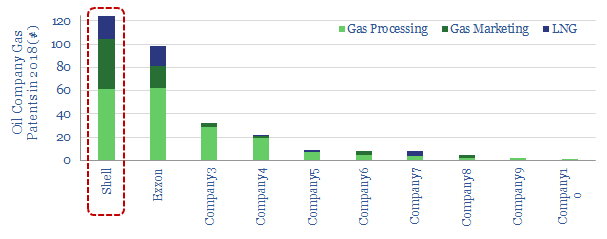
…the Brayton Cycle, most likely Air Liquide’s Turbo-Brayton refrigeration cycle using Nitrogen and/or Helium. Its advantage is reliability and low maintenance, which matter for long voyages. Eight Advantages are Cited…
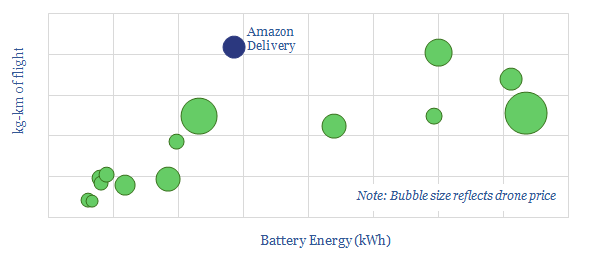
…tabulates their energy consumption as a function of weight, velocity, flight times and costs (chart above). The equations of flight are then modeled out fully for Amazon’s Prime Air concept…
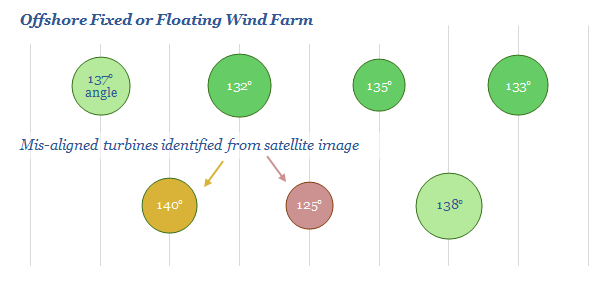
…turbines’ nacelle can be used to measure wind direction (and strength), however, it is difficult to obtain accurate readings in the turbulent air behind rotor blades. LiDAR can be measured…
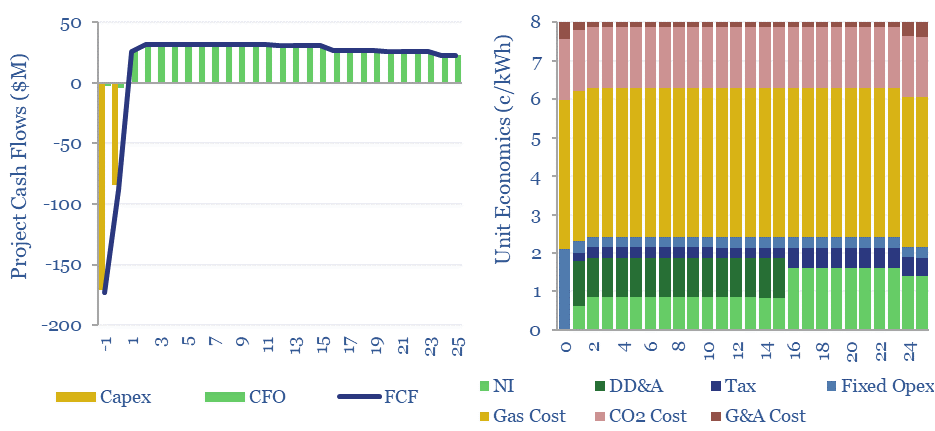
…via the Brayton Cycle, compressing inlet air, super-heating it to 1,200-1,600ºC by combusting a gaseous fuel, then expanding the super-heated gas mixture across a turbine. The turbine can be used…
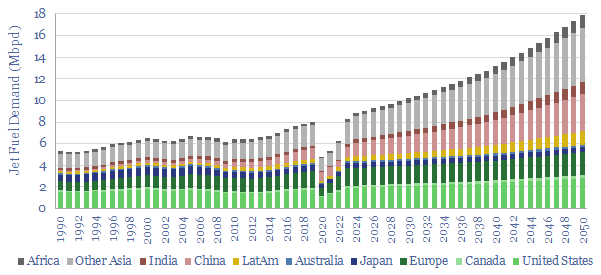
…made up of 7.7bn people in the world, travelling an average of 900 air miles per person (chart below), in a plane with an average fuel economy of 54 passenger…
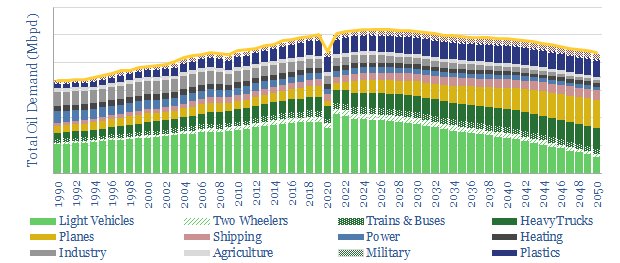
…air travel, and reverse urbanization enabled by remote working. Load factors are lightly reduced, requiring more cars to service each passenger-mile of travel, as outlined on page 10. Higher road…
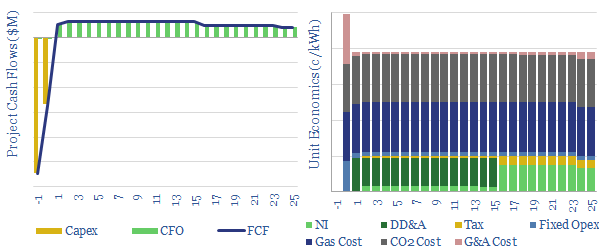
…for each of these input variables in the data-file. Greenfield coal projects in the developed world are no longer economic, as meeting stringent air standards inflates capex costs around 3x,…
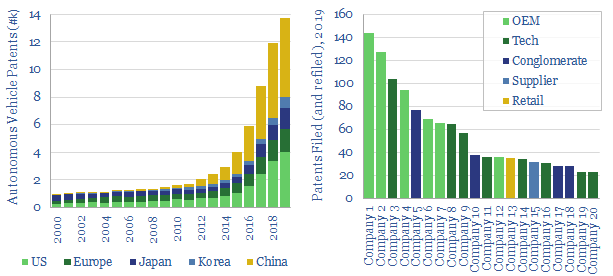
…entrench a 10% acceleration in road travel post-COVID, and displace c15% of all air-miles on sub-1,000 mile journeys. Key findings on patent activity for technology developing autonomous vehicles and most…
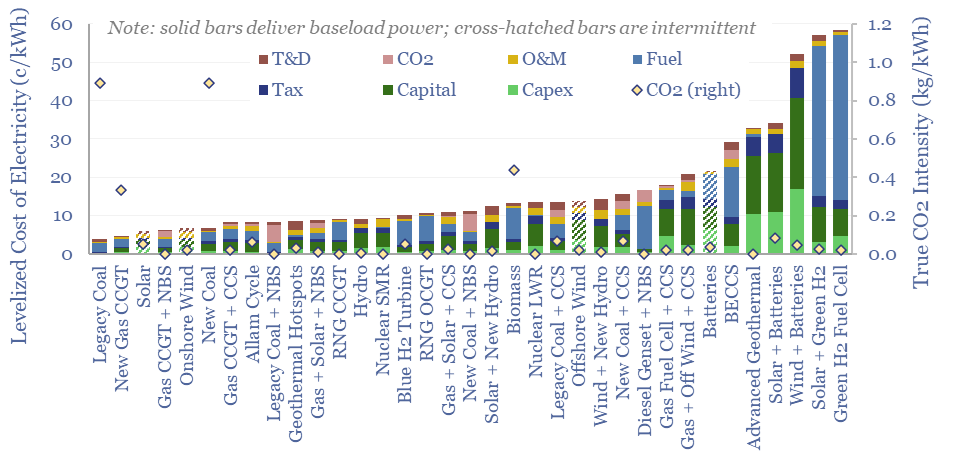
…thermal storage, redox flow, pumped hydro, compressed air, flywheels, CCS and nature-based CO2 removals. The goal in this data-file is to allow for easy comparisons between different power generation options,…
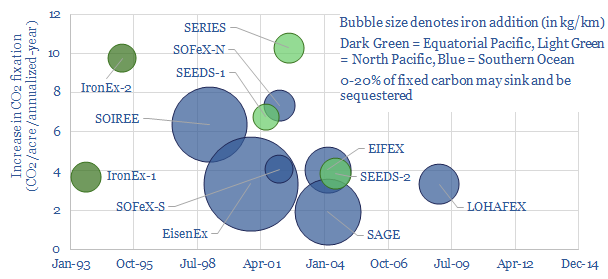
…and 37,000 bn tons is in deeper waters. The surface and the deep waters exchange c100 bn tons of carbon per year (in both directions), through the “ocean biological pump”,…










